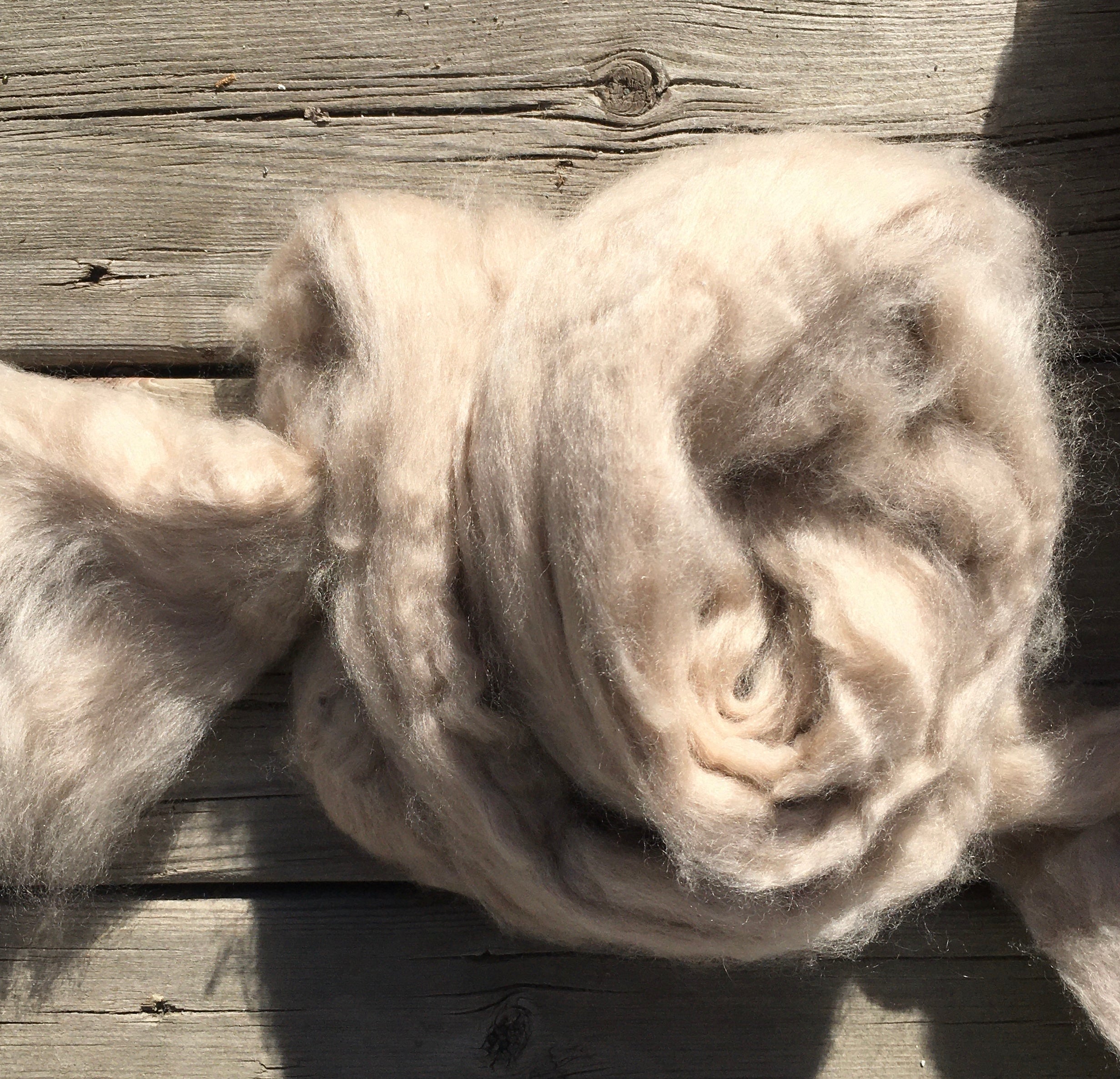Comprehending the Different Sorts Of Cashmere a Natural Fiber and Their One-of-a-kind Benefits

The Origins of Cashmere: A Historical Review
While the extravagant touch of cashmere remains to charm contemporary customers, its origins trace back to the rough, chilly environments of Mongolia and the Himalayas. For centuries, the native individuals of these areas have been increasing Capra Hircus goats, the prime resource of cashmere woollen. These goats, resilient against the serious winters months, grew a fine undercoat to make it through, which later became recognized as cashmere. The name itself pays tribute to Kashmir, a region in India where the woollen was initially processed. Much of the early cashmere trade path was facilitated by the Silk Road, linking Asia with the Middle East and Europe. Regardless of its international spread, the finest cashmere is still thought to originate from the initial regions of Mongolia and the Himalayas.

The Manufacturing Refine: From Goat to Garment
Shearing a Capra Hircus goat marks the beginning of the intricate cashmere production process. The resultant raw cashmere is then cleaned to eliminate contaminations such as grease, vegetable, and dirt issue.
The tidy fiber is subjected to dyeing, spinning, and weaving, or knitting, to transform it right into a textile. Facility treatments such as quality control checks and finishing processes follow, guaranteeing completion product preserves the lavish criterion anticipated of cashmere. This meticulous process, from goat to garment, validates the high expense connected to cashmere products, making them a symbol of high-end and improvement.
The Numerous Kinds Of Cashmere: A Thorough Evaluation

The Distinct Advantages of Cashmere: Convenience and Sustainability
Relocating from the selection of cashmere kinds to the advantages they supply, comfort and sustainability stand out plainly. Cashmere, an all-natural fiber, is renowned for its unparalleled soft qualities, providing a degree of convenience that artificial fibers can't match.
When it concerns sustainability, cashmere is renewable and biodegradable, as it's harvested from cashmere goats who regrow their coats annually. what is cashmere. Unlike artificial fibers which can take centuries to disintegrate, cashmere's effect on the atmosphere is minimal. This mix of convenience and sustainability makes cashmere a beneficial selection for mindful consumers

Taking Care Of Your Cashmere: Maintenance and Preservation Tips
While cashmere is definitely a extravagant and sustainable choice, it calls for particular treatment to preserve its top quality and extend its life-span. To start, cashmere should be hand cleaned using chilly water and a mild detergent. Stay clear of wringing the garment or turning as it can damage the fibers. Instead, gently squeeze out excess water and lay it level on a towel to completely dry. Moreover, cashmere items must be stored in a completely dry and awesome area, away from direct sunshine and dampness. informative post Utilizing moth repellents can secure these garments from potential damage. Finally, it's suggested to avoid hanging cashmere to avoid extending. Instead, fold and store them properly to keep their form and top quality in time.
Purchasing Cashmere: Recognizing Its Worth and Worth
Although cashmere may originally seem like a costly investment, its long-lasting worth and worth ended up being noticeable when you consider its amazing top qualities. Understood for its unrivaled gentleness and webpage heat, cashmere is a premium all-natural fiber that outperforms various other products. Investing in cashmere, as a result, is not simply about present style trends, however concerning embracing a lasting, long-lasting, and extravagant lifestyle.
Final Thought
In recap, the kind of cashmere one selects, be it Mongolian, Chinese, or Italian, is determined by private preferences for warmth, luxury, sustainability, and spending plan. Comprehending the origins, production procedure, and one-of-a-kind advantages of different types of cashmere can guide customers in their financial investment in this luxurious all-natural fiber.
Whether it's the phenomenal heat of Mongolian cashmere, the cost of Chinese cashmere, or the eco-conscious production of Italian cashmere, there's a tale to be found behind each fiber kind. Cashmere, a natural fiber, is renowned for its exceptional softness, giving a degree of comfort that artificial fibers can't match.When it comes to sustainability, cashmere is biodegradable and eco-friendly, as it's collected from cashmere goats who regrow their layers every year. Understood for its unparalleled soft qualities and warmth, cashmere you can try this out is a costs natural fiber that outmatches various other materials. Comprehending the origins, production process, and special benefits of different kinds of cashmere can direct customers in their investment in this elegant all-natural fiber.
Comments on “The Reality Behind Is Cashmere a Natural Fiber and Its Eco-Friendly Appeal”